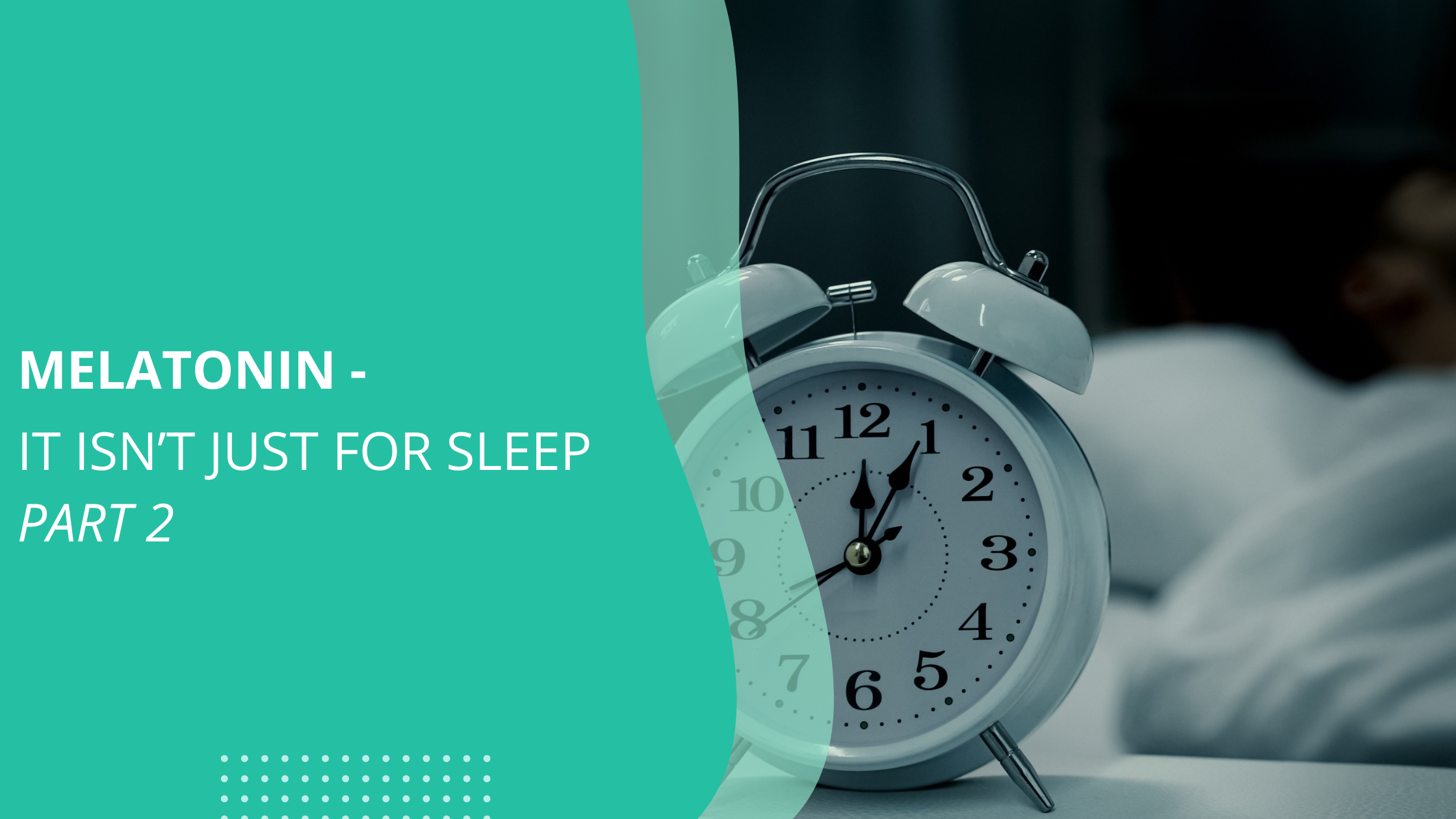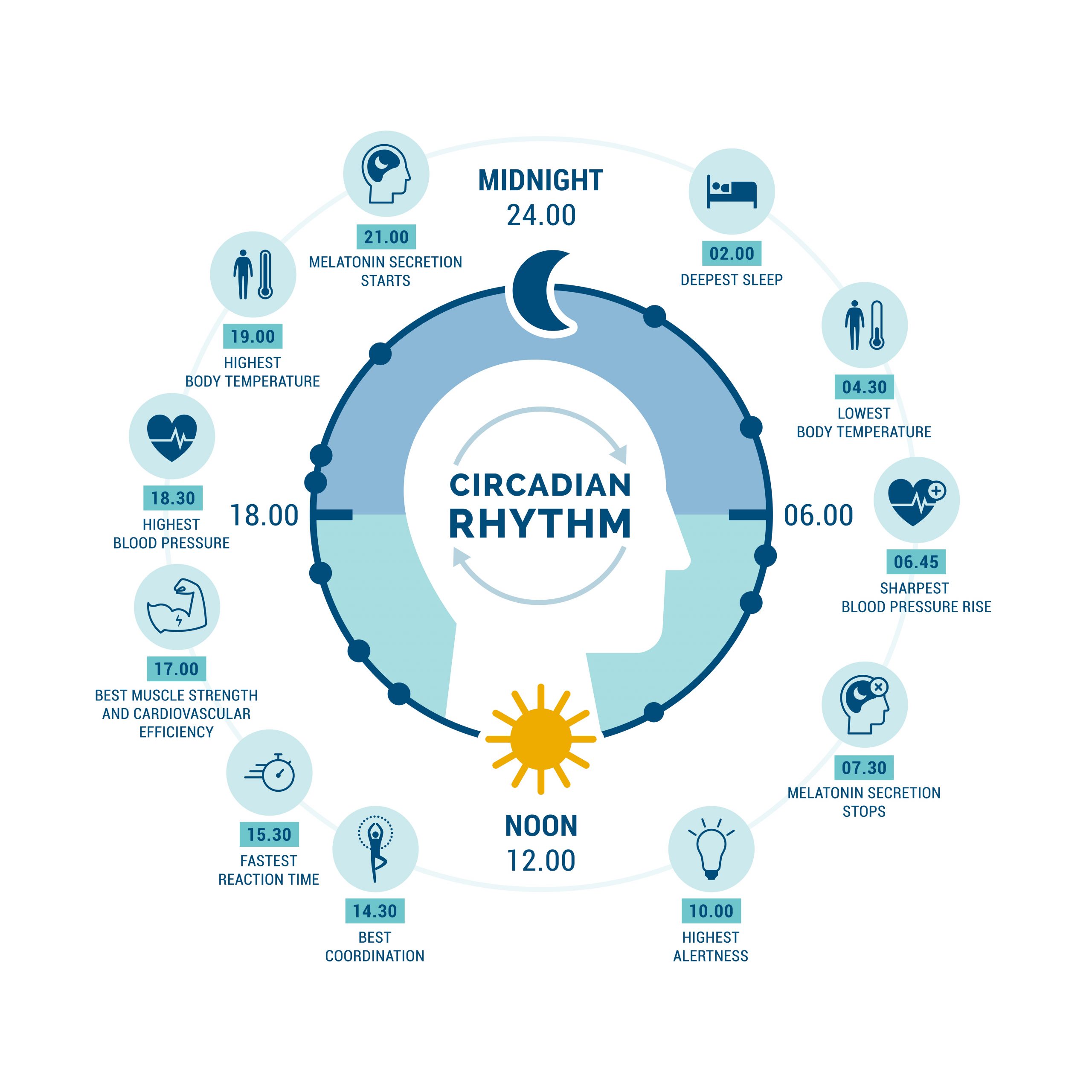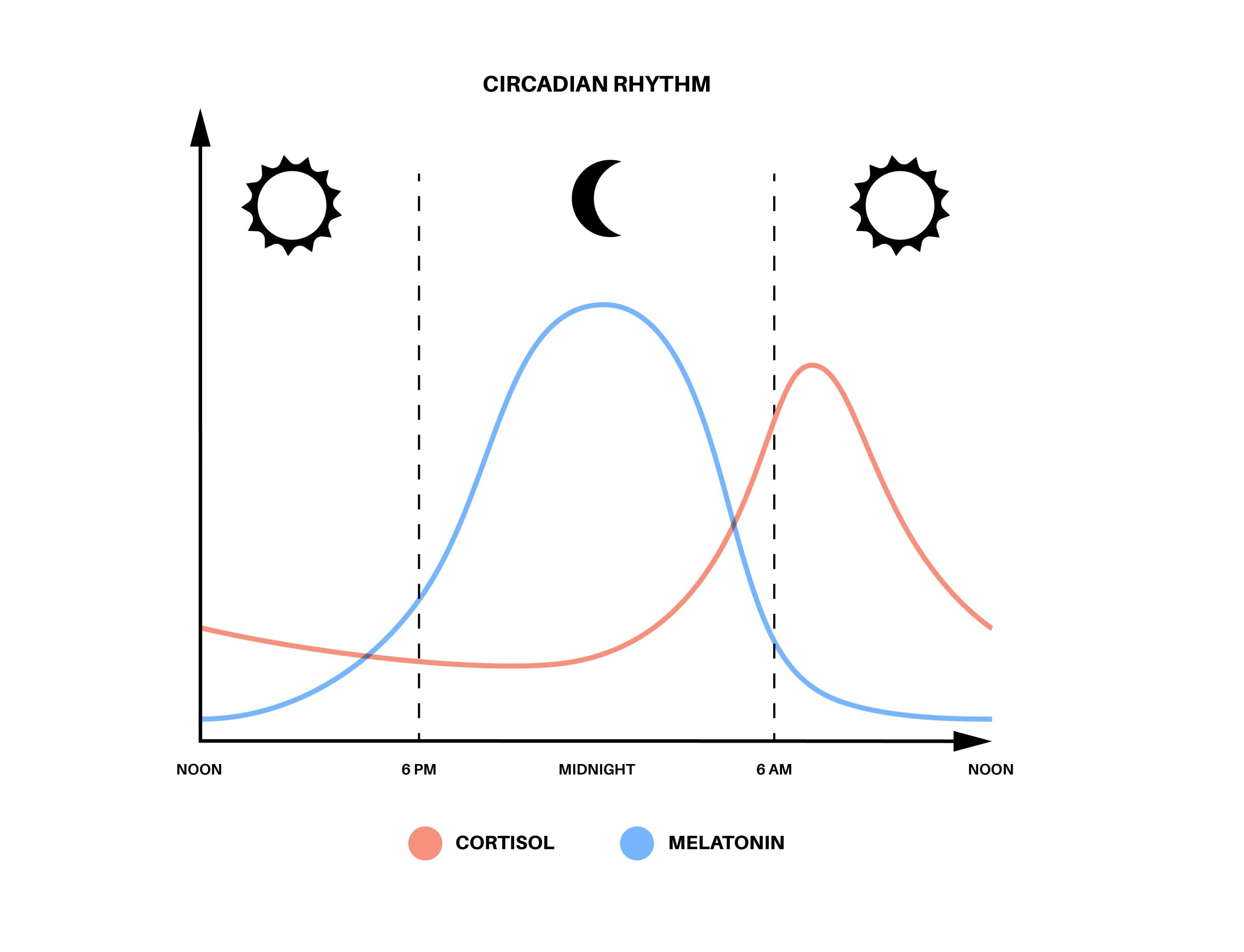
In part 1 we reviewed the two types of melatonin and how they function in regard to circadian rhythm sleep/wake patterns and antioxidant properties.
In part 2 we will discuss:
- Difference between seasonal affective disorder and winter blues, along with statistics
- How melatonin and cortisol work to maintain sleep/wake cycles
- Tips to overcome and deal with winter blues and help those affected by seasonal affective disorder
The difference between SAD and winter blues:
According to the NIMH:
SAD is not considered a separate disorder but is a type of depression characterized by its recurrent seasonal pattern, with symptoms lasting about 4 to 5 months per year. Therefore, the signs and symptoms of SAD include those associated with major depression, and some specific symptoms that differ for winter-pattern and summer-pattern SAD. Not every person with SAD will experience all of the symptoms listed below.
- 10 million people in the US are affected
- 90 percent diagnosed in winter
- 10 percent diagnosed in summer
- Incidence increases as you go further north in latitude
- Symptoms are present for about 40 percent of the year
- Does not necessarily occur every year, about 50 percent skip years
Symptoms of major depression may include: (SAD)
- Feeling depressed most of the day, nearly every day
- Losing interest in activities you once enjoyed
- Experiencing changes in appetite or weight
- Having problems with sleep
- Feeling sluggish or agitated
- Having low energy
- Feeling hopeless or worthless
- Having difficulty concentrating
- Having frequent thoughts of death or suicide
NOTE THERE IS A NATIONAL SUICIDE CRISIS HOTLINE 24/7- JUST DIAL 988
For winter-pattern SAD, additional specific symptoms may include:
- Oversleeping (hypersomnia)
- Overeating, particularly with a craving for carbohydrates
- Weight gain
- Social withdrawal (feeling like “hibernating”)
Specific symptoms for summer-pattern SAD may include:
- Trouble sleeping (insomnia)
- Poor appetite, leading to weight loss
- Restlessness and agitation
- Anxiety
- Episodes of violent behavior
Winter blues statistics
- Up to 14 percent of the general population experience some form of winter blues
- As latitudes go up incidence also goes up-
Winter blues symptoms (not a clinical diagnosis)
- Lack the motivation to complete some tasks but be able to handle major tasks
- Still able to go to work and take care of home
- Have trouble sleeping
- Spend more time in bed than usual
- Limited to winter months
- Managed with lifestyle changes
Risk factors for both winter blues and SAD
- Age-Younger people are more susceptible to winter blues than older population
- Sex-Females are four times more likely be affected
- Geography- Higher latitudes increase incidence
- Family or personal history of depression
The role of melatonin cortisol in both SAD and winter blues
Melatonin- the sleep hormone
As stated in part 1, melatonin is produced in 2 places in the body- the pineal gland and mitochondria of cells. The pineal gland synthesizes melatonin during periods of darkness. This is tied to the circadian rhythm, a roughly 24-hour biological wake/sleep cycle and accompanying physiological activities that occur during the cycle. Blue light, such as daylight and indoor bright LED lights, computer monitors, TVs phones and other devices that transmit blue light signal the pineal gland to shut down production of melatonin.
Cortisol- the awake hormone
Cortisol is a steroid hormone synthesized by the adrenal glands, Adrenal glands are small triangular glands that sit on top of both kidneys. Cortisol has many functions in the body, from regulating blood pressure, suppressing inflammation, a role in sugar metabolism and sleep/wake cycle.
Cortisol levels start to increase in the morning as melatonin levels decrease. This increase in cortisol and decrease in melatonin initiates awakening under normal circumstances. Cortisol is also known as the “stress” hormone. It activates the fight or flight mechanism and triggers the release of glucose during times of stress, danger, or perceived danger.
Blue light, such as daylight and indoor bright LED lights, computer monitors, TVs phones and other devices that transmit blue light are one of the ways cortisol levels are triggered to increase. This is results in more alert and wakefulness during daytime hours.
In conclusion:
- Melatonin is a sleep hormone, activated by dark and production shuts down when exposed to blue light
- Cortisol is an awake hormone, activated by blue light found in nature during daylight hours and blue light emitting devices.
- SAD and winter blues are a type of circadian rhythm disruption.
Tips to combat winter blues and help SAD patients
- “Anchor” your day by either going outside in the early morning around sunrise for up to 30 minutes or using a light box specifically designed for light therapy. Caution must be exercised if bipolar diagnosis or other psychiatric history that may be exacerbated by light therapy. It is estimated that from 60 to 80 percent of winter blues and seasonal affective disorder sufferers could benefit from timed light therapy.
Light boxes should be at least 10,000 lux at 15-18 inches for 20-30 minutes first thing in the morning. That will shut down melatonin and start cortisol production. Don’t stare directly into the box. Instead, read or do other activities as long as you are within the recommended distance from the light. Light boxes have really come down in price. As of this writing one highly rated 10,000 lux light box is under 20 dollars after coupon.
- If able, get out for a one hour walk during the day. This will also help set your circadian rhythm.
- Avoid computer, LED and phone screens after dark if possible. Limit your exposure by using a blue light blocking filter on the screens. This will help keep cortisol levels down and stabilize melatonin levels. Read by incandescent light if possible.
- Avoid alcohol. Alcohol is a depressant. It also affects circadian rhythm if consumed late in the day.
- Avoid sugar. Sugar consumption creates a sugar high followed by a sugar crash- leading to depression and moodiness
- Eat a healthy, well-balanced diet. Make sure you are getting a good balance of fats, protein, and carbs.
- Maintain a healthy vitamin D level. Consult your care provider for information. Vitamin D
- Focus on or start a new hobby.
- Keep warm. Staying warm and being properly dressed for the elements can lessen the burden on your body. Make a drink such as golden milk, made with turmeric, coconut milk, and a sprinkle of pepper for healthy, warm immune boosting drink. Recipe can be found here: Golden milk
- Talk therapy- either reach out to friends, family or trusted neighbors and connect with others. If you are experiencing debilitating depression, suicidal ideation or unable to shake the slump, reach out to your primary care provider for evaluation. Don’t do this alone.
- Remember, spring is only a few weeks away!
- Brooke Lounsbury
Medical Content Writer
Lifesaving Medications
Recent Posts
Keeping you informed and safe.
Blog
Patient EducationOur mission is to help you be more medically prepared. Stay up-to-date on the latest news in health and preparedness.Categories
The Silent Killer (Part 2)
(Part 2) Part 2 will discuss: Physiology of blood pressure regulation, Medications to help control hypertension Blood pressure regulation is a complex process involving a series of body systems, hormones and input from the nervous system all working together to...
The Silent Killer
Part 1 High blood pressure (HBP) has been called the silent killer and with good reason. It is estimated that at least 20 percent of the population with high blood pressure have no symptoms. In part 1 we will discuss: Symptoms of hypertension Health risks of...



